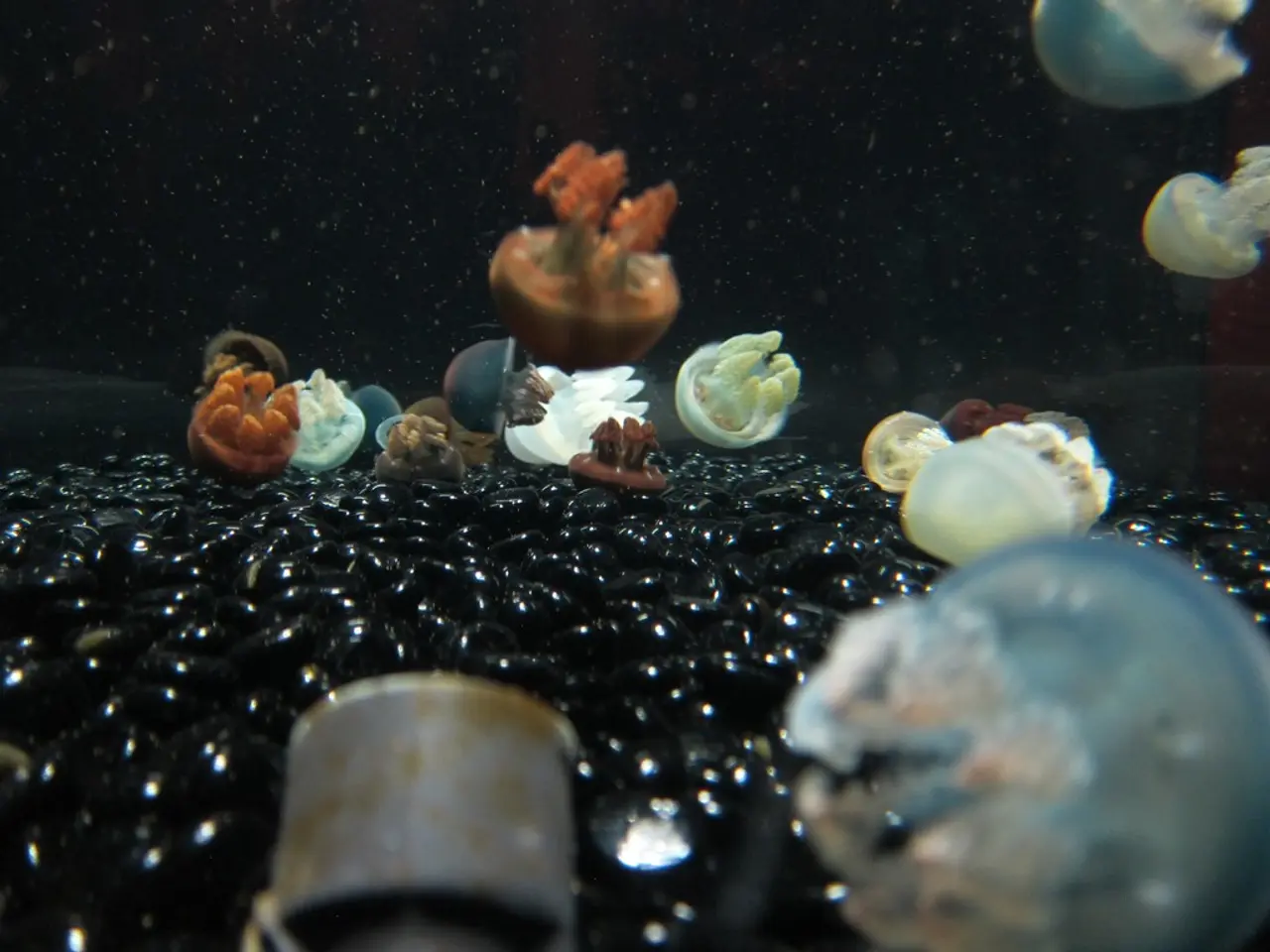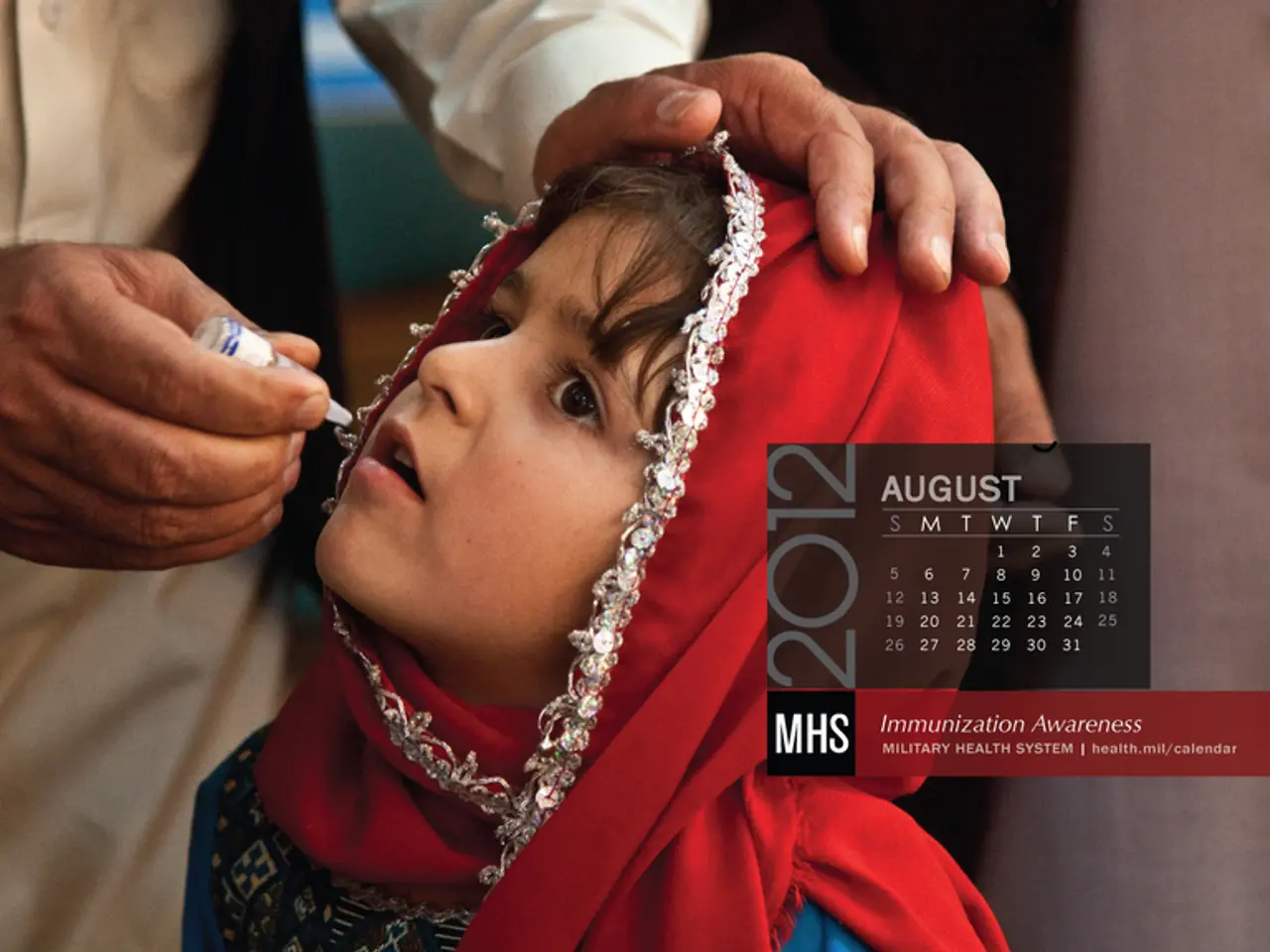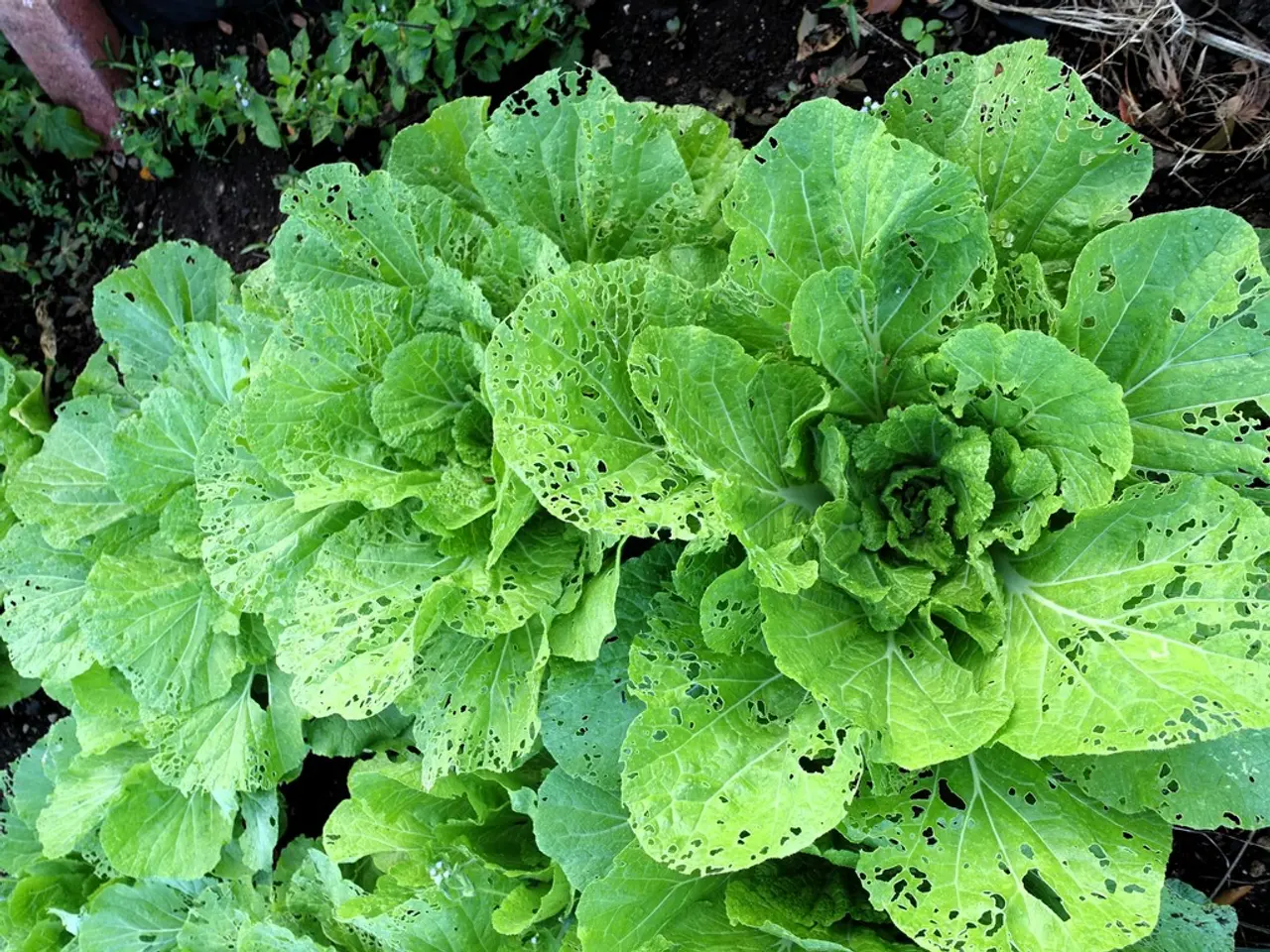DeniesFalseClaim: Sea Water Contamination in Gelendzhik Bay's Bay is Unsubstantiated - Says MCE
In the picturesque Gelendzhik Bay area, regular quality control checks of seawater are carried out to ensure it meets the necessary standards for public health. These checks are typically conducted by the Main Center for Hygiene and Epidemiology (MCCU) and local sanitary-epidemiological services.
During the main tourist season, the MCCU and local authorities regularly sample and test seawater to ensure it complies with SanPin (Sanitary Rules and Norms) requirements. The routine monitoring program includes checking microbiological indicators such as coliform bacteria counts, as well as chemical pollutants, and other safety parameters as defined in SanPin standards.
Recent testing in the Gelendzhik Bay area included 926 samples for coliphages, E.coli, staphylococci, enterococci, enteroviruses, cholera vibrio, general coliform bacteria, and viable helminth eggs and cysts. Of these, 138 samples were tested for enteroviruses, 926 for enterococci, 926 for general coliform bacteria, and 264 for viable helminth eggs and cysts.
A total of 2,628 seawater samples have been studied as of August 1, with 914 samples specifically for sanitary-chemical indicators. The results indicate that all the samples taken complied with the mandatory requirements of SanPin "Hygienic norms and requirements for ensuring the safety and/or harmlessness of human factors in the environment."
It's important to note that while the seawater generally meets the required SanPin criteria, water quality can vary due to environmental factors, and occasional exceedances may be reported. For the most current and detailed information, contacting the Krasnodar Krai regional sanitary-epidemiological authority or the MCCU directly would be advisable, as these bodies publish regular monitoring results and official assessments.
In light of recent false reports suggesting the seawater samples in the Gelendzhik Bay area do not meet SanPin requirements, Sochi authorities have warned against such fake news about an oil spill and beach closures. Additionally, the document scan attached to the publication has been deemed a forgery by the MCCU.
The monitoring points for this quality control in the Gelendzhik Bay area include 13 points in Gelendzhik itself, two more monitoring points above the deep-water discharges of the wastewater treatment facilities of the villages of Arkhipo-Osipovka and Kabardinka, and one monitoring point located in the zone of influence of the deep-water discharge from the city's wastewater treatment facilities.
These regular quality control checks aim to ensure the safety of the seawater in the Gelendzhik Bay area, providing peace of mind for locals and tourists alike as they enjoy the beautiful coastline.
Science plays a crucial role in monitoring the seawater quality in the Gelendzhik Bay area, specifically in detecting various medical-conditions like coliphages, E.coli, staphylococci, enterococci, enteroviruses, cholera vibrio, and viable helminth eggs and cysts. Health-and-wellness, general news, and the public are informed about the results of these checks to promote health and hygiene practices when swimming in the bay.




